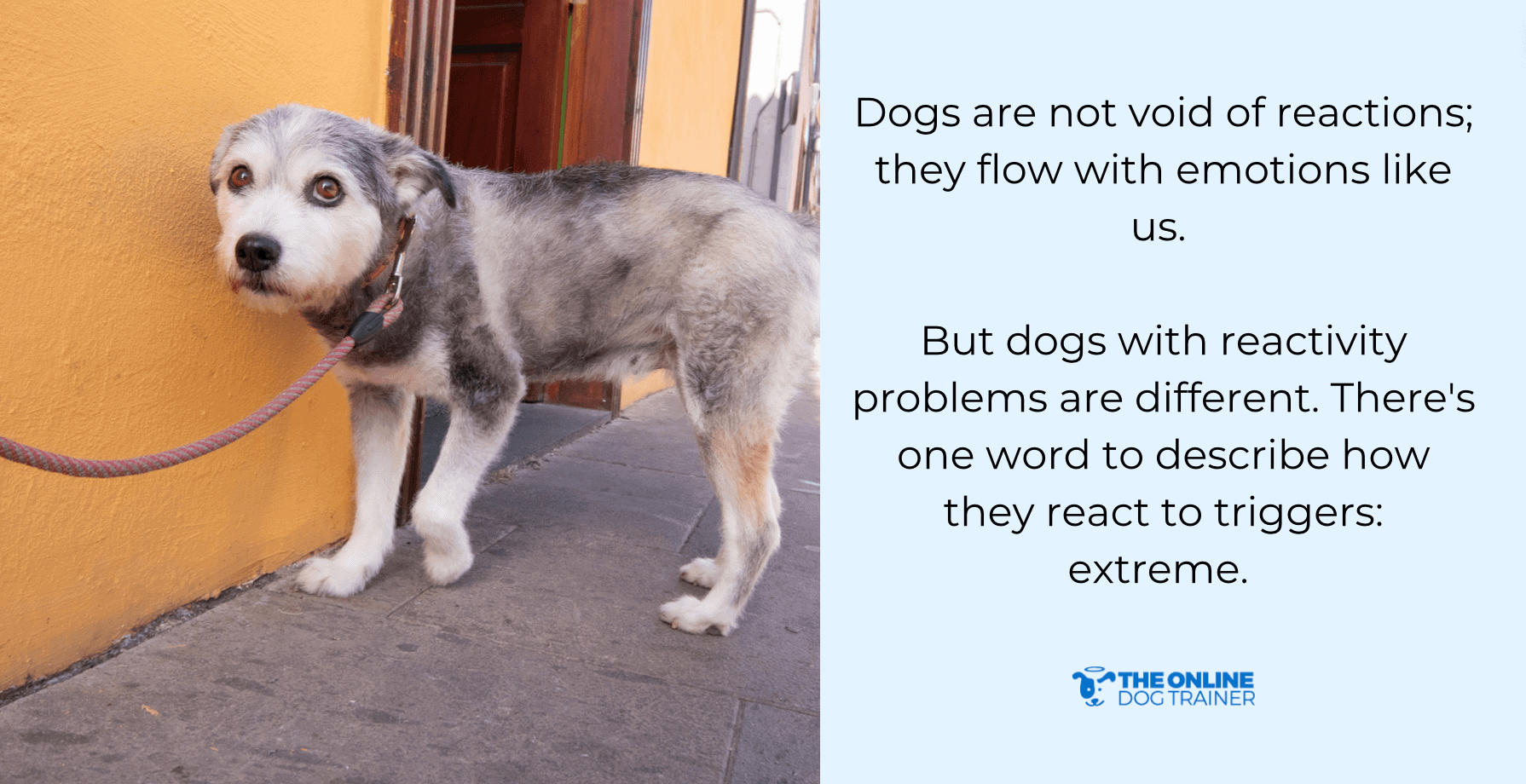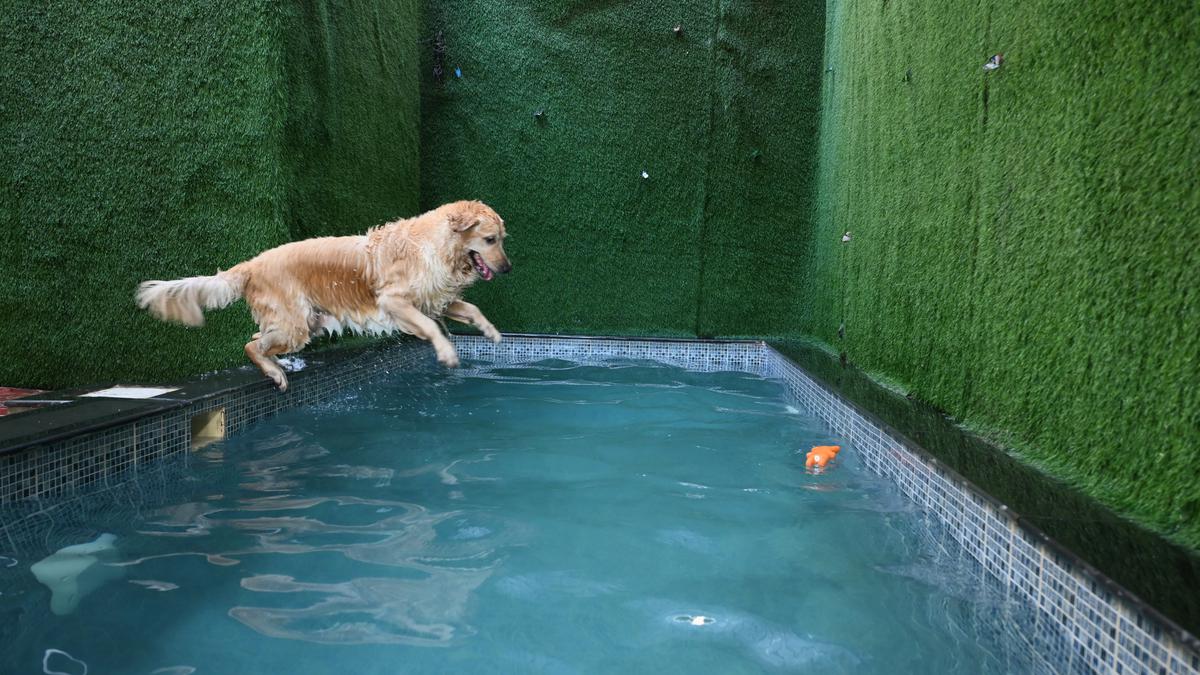The Pack Leader Theory in Dog Training: Effective BUT Misunderstood
Prior to the mid-20th century, it was largely believed that wolf packs were led by an “alpha male”. This suggested they were governed by a merciless dictator, lending itself to a shorthand for a kind of dominant masculinity.
But in recent years wildlife biologists have largely dropped the term “alpha.” In the wild, researchers have found that most wolf packs are simply families, led by a breeding pair, and bloody duels for supremacy are rare.
Thankfully, more extensive research on the topic of wolf hierarchy was conducted by American biologist and wolf behavior expert David Mech. He began his studies in 1986 by watching a pack of wild wolves in natural settings on Ellesmere Island in Northwest Canada. His 13 summers spent there, carefully observing the pack's interactions, brought a different picture to the table.
David Mech—a senior research scientist at the U.S. Geological Survey—proved that with wolves:
- There are Pack Leaders: a breeding pair that leads their offsping
- Acknowledges they are the ‘dominant pair'
- They operate in a hierarchy with leaders and followers
- The leaders lead in a loving parental way
Basically he's saying that within a pack of wolves there is not really an “alpha male”, but there is a distinct parental pair that leads, and the rest of the pack follows.
This is hard-wired into the wolve's DNA, and because dogs share 99.99% of their DNA with wolves, it applies to our domesticated dogs too.
“What would be the value of calling a human father the alpha male?” says David Mech, . “He’s just the father of the family. And that’s exactly the way it is with wolves.”
So has the “Pack Leader Theory” been debunked? A quick answer: NO.
(I talk more about this in the video below.)
Here's a quick example.
Let's say your dog adores the water. An average dog will still show excitement, but its reactions won't be uncontrollable.
It's a different case with reactive dogs.
For reactive dogs (who love the water), seeing a stream, beach, or river can cause a reaction that causes them to lose control and miss your instructions.
It's like they enter into a trance, which makes them hard to control!
Telltale Signs of Dog Reactivity
“Please teach me how to stop my dog's reactivity, Doggy Dan.”
To all who came to me for this, I usually tell them to always know the signs.
Sign #1: Extreme Reactions to Triggers
Dogs are not void of reactions; they flow with emotions like us.
But dogs with reactivity problems are different. There's one word to describe how they react to triggers: extreme.
While other dogs will bark a little and then ignore, reactive dogs will bark non-stop.
While some dogs show increased interest in something or someone, a reactive dog will showcase hyperactive excitement!
Sign #2: Uncontrollable Behavior
Another sign of reactivity in dogs is uncontrollable behavior. Whenever your dog's reactivity is triggered, they tend to become so entranced they become too hard to control.
You can tell a reactive dog what happens after they see or sense a trigger. If they refuse to listen to your commands, pull the leash non-stop even after you tell them to stop, or if they bark non-stop, no matter how much you comfort them, you have a reactive dog.
Sign #3: Restlessness
Is your dog restless once they see something that scares or excites them? Your dog can be dealing with reactivity issues.
Here's a classic example.
After seeing another dog at the other end of the park, your dog begins to exhibit restlessness. They pull the leash non-stop, nudge you to either go to or away from the other dog, and bark to either engage with the other dog or scare it away.
Your reactive dog will continue their antics even if the other dog isn't doing anything.
If your dog stops their restlessness when the other dog disappears, dogs can trigger your pet's reactivity.





